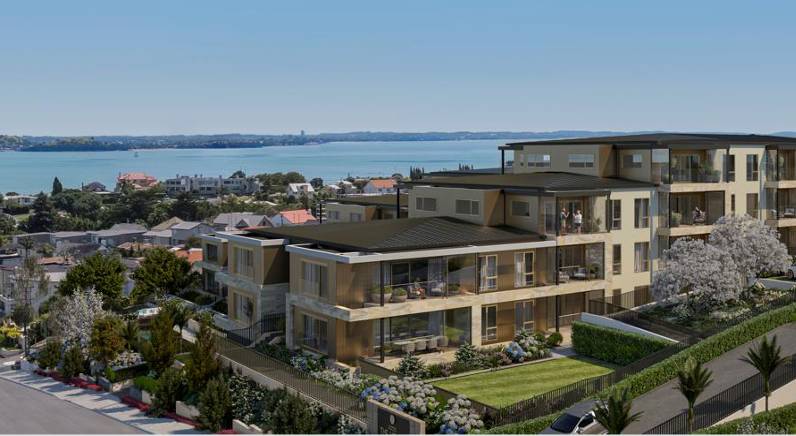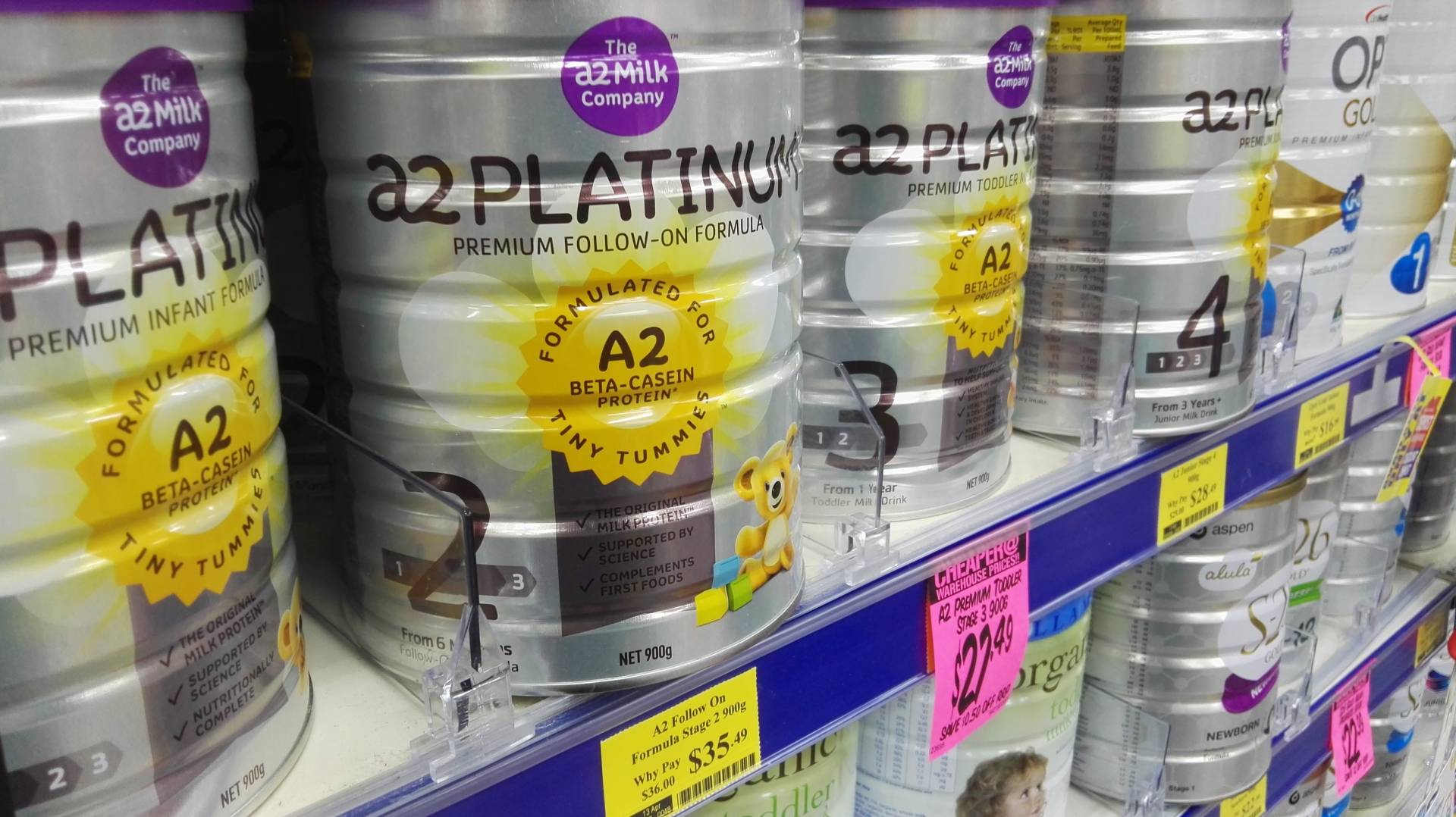
Smog choking Pakistan’s major urban hubs is a tragedy that has been decades in the making, rooted in poor policy implementation and systemic negligence. The single largest contributor to this crisis is transportation. In Lahore, for instance, transport emissions accounted for 83.
15% of total emissions in 2022 (Figure 1). The problem is not confined to Lahore; across Punjab, transportation has consistently been the largest contributor of emissions. Between 1990 and 2020, it accounted for 39% of all emissions in the province, far outstripping industries, energy, agriculture, and other sources (Figure 2).
Underlying this grim reality is the failure of oil refineries to upgrade their facilities through the deemed duty—a 12.5% tax on both petrol and High-Speed Diesel (HSD) introduced in 2002 to finance refinery upgrades, improve fuel quality and reduce emissions. The policy was subsequently modified by successive governments and today, the deemed duty remains in place only on HSD at a rate of 7.
5% per litre. It is important to note that the policy was problematic by design, because as per the law all duties collected must first be deposited in the consolidated fund from where disbursement is regulated by the government through approvals from the Ministry of Finance and Planning Commission with oversight by the AGPR; however, all these checks were neatly bypassed. Despite being operational for over two decades and generating an estimated $9 billion in funds, the deemed duty has failed to deliver on its promise.
The escrow accounts mandated to safeguard these funds and ensure their use for refinery modernization were never opened. Instead, the funds were diverted elsewhere, leaving Pakistan dependent on outdated refineries that continue to produce sub-standard fuels. This mismanagement has not only prevented the adoption of cleaner fuel standards but has also entrenched the reliance on polluting fuels, exacerbating emissions and air pollution, as the number of registered vehicles in just Punjab has increased by 60% over the last decade.
As shutting down its largest cities during winter month has become a norm across Punjab, the country must confront this crisis with honesty. The problem is a failure of governance, compounded by outdated urban planning, weak regulatory enforcement, and vested interests that have consistently prioritized profit over public health. If meaningful progress is to be made, the government must shift its focus to attacking the core problem by enforcing stricter fuel quality standards, curbing the unchecked growth of private vehicle use, and increasing access to modern public transit.
Deemed duty was designed as a financial mechanism to facilitate cleaner fuel production. Using these funds, refiners were expected to upgrade their infrastructure to produce high-quality, low-emission fuels. However, the system was abused.
Refiners collected the levy but failed to undertake any upgrades. Pakistan continues to rely on sub-standard fuels, which are not only harmful to the environment but also to public health. For comparison, India implemented Bharat Stage VI fuel standards (equivalent to Euro VI) in 2020, achieving a sulfur content of 10 parts per million (ppm) in diesel.
Pakistan, in contrast, lags significantly behind, with diesel containing up to 500 ppm of sulfur—50 times higher than global best practices. Developed countries like Germany phased out such high-sulfur fuels over two decades ago, while even emerging economies like Brazil and Mexico have adopted stricter standards. This reliance on outdated, polluting fuels exacerbates smog and represents a massive missed opportunity.
Cleaner fuels could have drastically reduced vehicular emissions, which contribute to more than 80% of urban air pollution. Instead, the failure to implement deemed duty objectives as intended has locked the country into a downward spiral of worsening air quality and higher health costs. The World Bank estimates that air pollution costs Pakistan nearly 6% of its GDP annually.
This includes healthcare expenses, productivity losses, and premature deaths caused by respiratory and cardiovascular diseases linked to poor air quality. For perspective, Fair Finance Pakistan estimates that air pollution causes over 128,000 deaths annually in Pakistan; the real number is likely much higher. As smog levels now regularly cross hazardous thresholds across Punjab, lockdowns and school closures have become routine during the winter months.
These measures bring commercial activity to a halt, affecting livelihoods, especially for daily wage earners. The impact on education is profound as children miss weeks of school each year, causing huge learning losses and widening the educational deficit. While deemed duty mismanagement is a central failure, it is not the only contributor to Pakistan’s smog crisis.
Urban sprawl and transport emissions have created a perfect storm for pollution. The number of registered vehicles in Pakistan has grown from approximately 4 million in 2000 to over 20 million by 2020. This fivefold increase is directly tied to the absence of affordable and efficient public transportation.
Across the country, private cars and motorcycles dominate the roads, leading to endless traffic congestion and idling—a major source of nitrogen oxides (NOx) and particulate matter (PM2.5), both key components of smog. Instead of investing in accessible and rapid public transit systems to address this growing crisis, successive governments have wasted billions on constructing flyover after flyover and underpass after underpass.
Rather than resolving traffic congestion, this myopic approach has only shifted traffic bottlenecks to the next choke point, worsening the problem. The rapid, unchecked spread of housing societies on the outskirts of major cities has further compounded the problem. This horizontal growth has led to longer commute times, increased fuel consumption, and a sprawling network of dusty construction sites.
The resulting layer of dust mixes with industrial and vehicular emissions, forming the dense, toxic haze now characteristic of Punjab’s winters. Countries facing similar challenges have demonstrated that tackling smog requires bold, consistent action. In 2013, for instance, China launched an aggressive campaign to combat air pollution.
The government implemented strict emissions standards, shut down polluting factories, and invested heavily in public transportation and renewable energy. Beijing’s AQI levels dropped by nearly 40% within five years. Key to this success was political will and strong enforcement of regulations.
Once considered one of the most polluted cities in the world, Mexico City turned its air quality around by investing in clean public transport, including a network of electric buses and a metro system. The city also introduced vehicle emissions testing and restricted the use of older, high-emission vehicles. Singapore’s model of vertical urban development, combined with an extensive public transport network, minimizes reliance on private vehicles.
The city-state also imposes high taxes on car ownership and prioritizes green spaces, significantly improving air quality despite its dense population. These examples highlight the importance of integrated strategies that combine policy enforcement, urban planning, and public investment. To tackle smog, Pakistan must adopt a comprehensive approach that addresses both immediate and systemic issues.
First and foremost, the government must audit and recover the billions collected under the deemed duty levy over the past two decades. These funds should be ring-fenced and strictly allocated for mandatory refinery upgrades to produce Euro VI-compliant fuels, ensuring a significant reduction in vehicular emissions. Alongside this, Pakistan must immediately enforce stricter fuel standards, such as transitioning to low-sulfur diesel (10 ppm), and implement an annual mandatory emissions test of each vehicle to align with international benchmarks and drastically cut emissions from the transport sector.
Investing in affordable and efficient public transportation is equally critical. Expanding metro systems, bus rapid transit (BRT) networks, and electric bus fleets can reduce reliance on private vehicles, as evidenced by cities across the world where mass transit has significantly lowered pollution levels and improved mobility. This must be complemented by urban planning reforms that promote vertical expansion and mixed-use developments, reducing the need for long commutes.
Simultaneously, unregulated construction must be curtailed, and green spaces preserved, to mitigate dust pollution and improve urban air quality. To directly curb the impact of high-emission vehicles, the government should introduce a hefty road tax on fuel-intensive and oversized vehicles, such as large pickup trucks and land cruisers, especially in urban areas where their use is both unnecessary and environmentally damaging. This tax should be steep enough to actively discourage their presence on city roads, ensuring it cannot simply be paid off as a convenience fee.
By targeting these vehicles, the government can not only reduce pollution but also address the nuisance they pose to urban mobility and public safety. To complement efforts in curbing vehicle emissions, the government must designate car-free zones in urban centres, particularly in commercial hubs. These zones, supported by efficient public transport systems, would significantly reduce vehicular emissions without resorting to economically disruptive measures like commercial lockdowns or early shop closures.
By limiting private vehicle access in high-traffic areas, such policies would not only improve air quality but also create safer, more pedestrian-friendly spaces. Moreover, the establishment of such zones would incentivize the public to rely on mass transit options, gradually fostering a culture of public transport use. Over time, this shift can help reduce dependency on private vehicles and align urban transportation systems with global best practices, ensuring cleaner, more livable cities.
Simultaneously, additional measures must target other, secondary sources of pollution. Subsidizing modern farming equipment can help eliminate crop-burning practices, while stricter emissions controls on industrial facilities can address another major contributor to poor air quality. Finally, accountability and transparency are paramount.
Independent oversight mechanisms must be established to ensure policies are implemented as designed, and penalties for non-compliance by refineries and other polluters must be enforced. With this multifaceted strategy, Pakistan can begin to reclaim its cities from the grip of smog and ensure a healthier, more sustainable future. Copyright Business Recorder, 2024.














